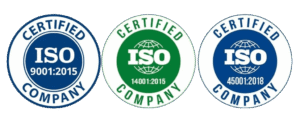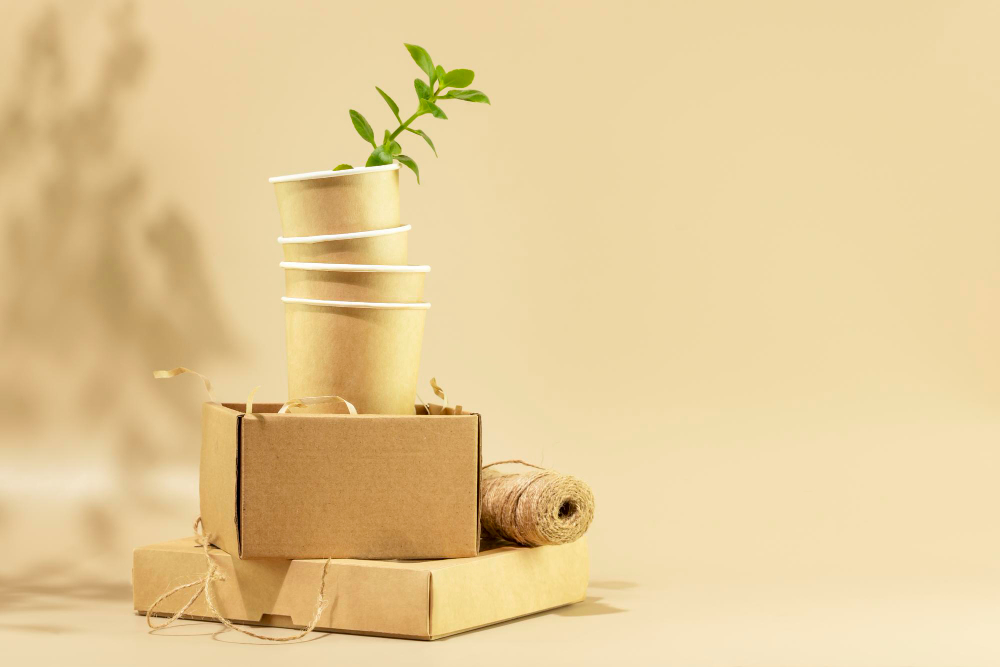Sustainability is no longer a trend—it’s a business imperative. Australian companies are increasingly adopting eco-friendly packaging materials to reduce environmental impact, meet consumer expectations, and comply with evolving regulations. From biodegradable films to recyclable cardboard, the choices are diverse and impactful.
This guide provides an in-depth look at eco-friendly packaging options, their benefits, and practical tips for businesses seeking sustainable solutions.
Why Eco-Friendly Packaging Matters
Switching to sustainable packaging helps businesses:
- Reduce landfill and ocean pollution
- Enhance brand reputation and consumer trust
- Lower carbon footprint and comply with sustainability regulations
- Align with global supply chain expectations for eco-conscious practices
For more on top sustainable materials, see Carewell’s guide on Top 10 Eco-Friendly Alternatives to Plastic Packaging.
Popular Eco-Friendly Packaging Materials
- Recycled Cardboard & Paper
- Ideal for boxes, cartons, and mailers.
- Fully recyclable and biodegradable.
- Biodegradable Plastics (Bioplastics)
- Made from renewable sources like cornstarch or sugarcane.
- Degrades faster than conventional plastics under industrial composting conditions.
- Compostable Films
- Perfect for food packaging, including trays and wraps.
- Preserves freshness while being environmentally responsible.
- Molded Pulp & Fiber Packaging
- Provides cushioning for fragile products like eggs and electronics.
- Made from recycled paper, fully biodegradable.
- Glass & Metal Packaging
- Reusable and recyclable options for beverages and specialty items.
- Preserves product quality and reduces single-use plastic reliance.
- Custom Peelable Lidding Films
- Maintains food safety and freshness while supporting recyclability.
- See Carewell’s Custom Peelable Lidding Films for solutions.
- Plant-Based Materials
- Includes cellulose, bagasse, and other renewable fibers.
- Biodegradable and safe for food contact.
Benefits of Eco-Friendly Packaging
- Environmental Impact: Reduces plastic pollution and waste in landfills.
- Consumer Appeal: Eco-conscious consumers prefer brands that prioritize sustainability.
- Regulatory Compliance: Helps meet Australian and international packaging regulations.
- Brand Differentiation: Demonstrates commitment to environmental responsibility.
For food-related products, pairing these materials with safe food packaging materials ensures both sustainability and safety.
Implementing Sustainable Packaging Strategies
- Assess Current Packaging – Identify materials that can be replaced with eco-friendly alternatives.
- Work With Trusted Suppliers – Ensure quality and compliance with Australian standards.
- Educate Your Team – Train staff on proper use and disposal of sustainable packaging.
- Monitor Consumer Feedback – Adjust materials based on usability, safety, and brand perception.
- Incorporate Branding – Eco-friendly packaging can be customised to enhance the unboxing experience.
Final Thoughts
Adopting eco-friendly packaging materials is a win-win for Australian businesses: it reduces environmental impact, improves customer loyalty, and ensures compliance with modern sustainability standards. By choosing materials like recycled paper, biodegradable films, and peelable lidding options, companies can lead the way in creating a greener, smarter packaging ecosystem.
Carewell Group Pty Ltd
Unit 27/191, McCredie Road, Smithfield, NSW 2164
Phone: +61 0477 123 699
Email: sales@carewellgroup.com.au | info@carewellgroup.com.au | logistics@carewellgroup.com.au










